Roble (RON)
Nothofagus is a Southern Hemisphere genus in the Fagaceae family and relatively close taxonomically to our native beech. Roble, and its sister species Rauli (N. alpina), were introduced early in the 20th Century and widely planted as individuals and in small plots as a promising exotic broadleaved tree.
It is currently cold limited in Britain, but this species may benefit from climate warming and be suited to a wider range of sites in northern Britain, wherever its site requirements are met.
Roble is categorised as a Secondary tree species. These are species that have demonstrated positive silvicultural characteristics in trial plots, but gaps in our knowledge constrain their wider use. These species are being actively evaluated to increase understanding and inform future deployment.
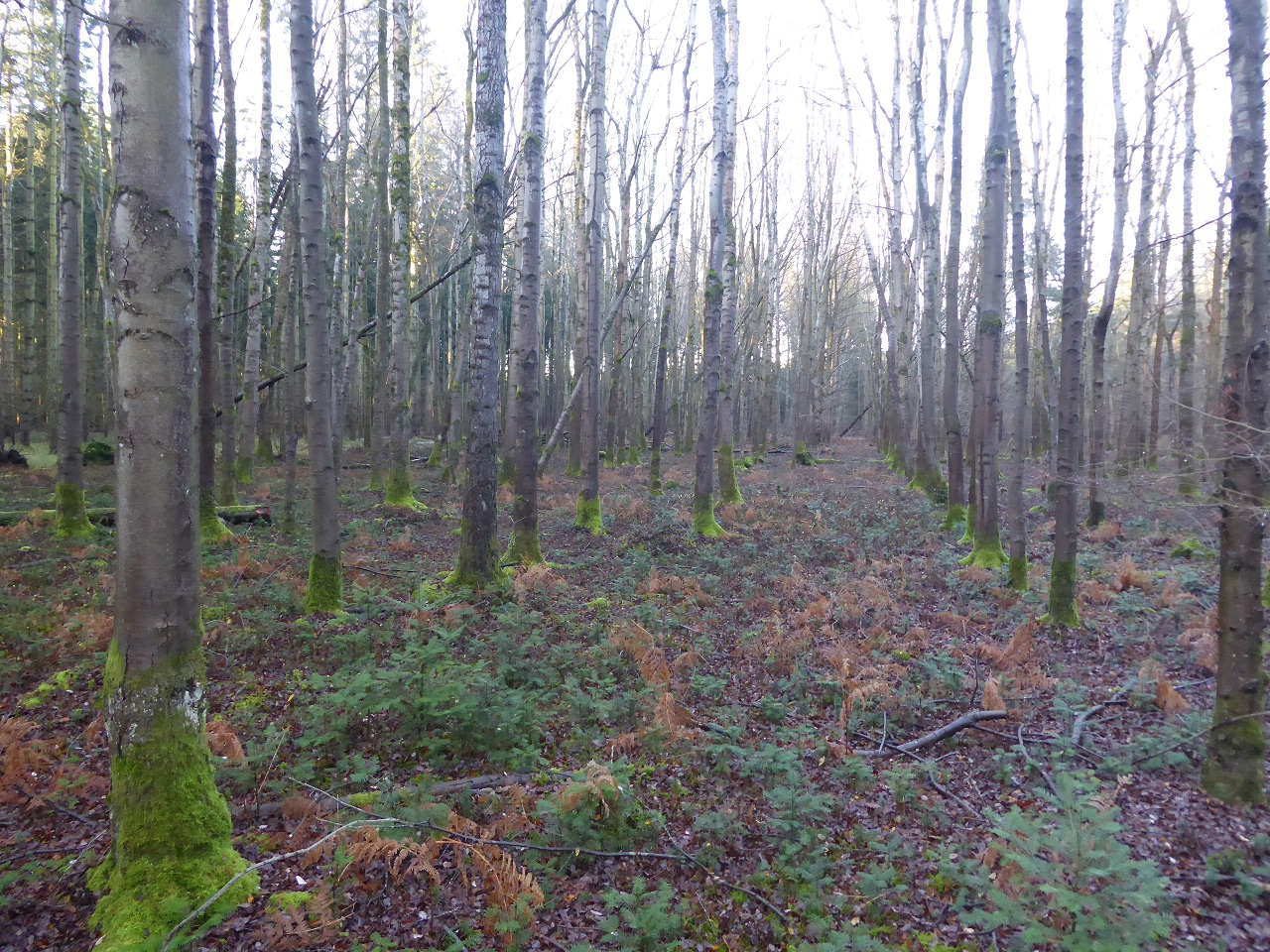
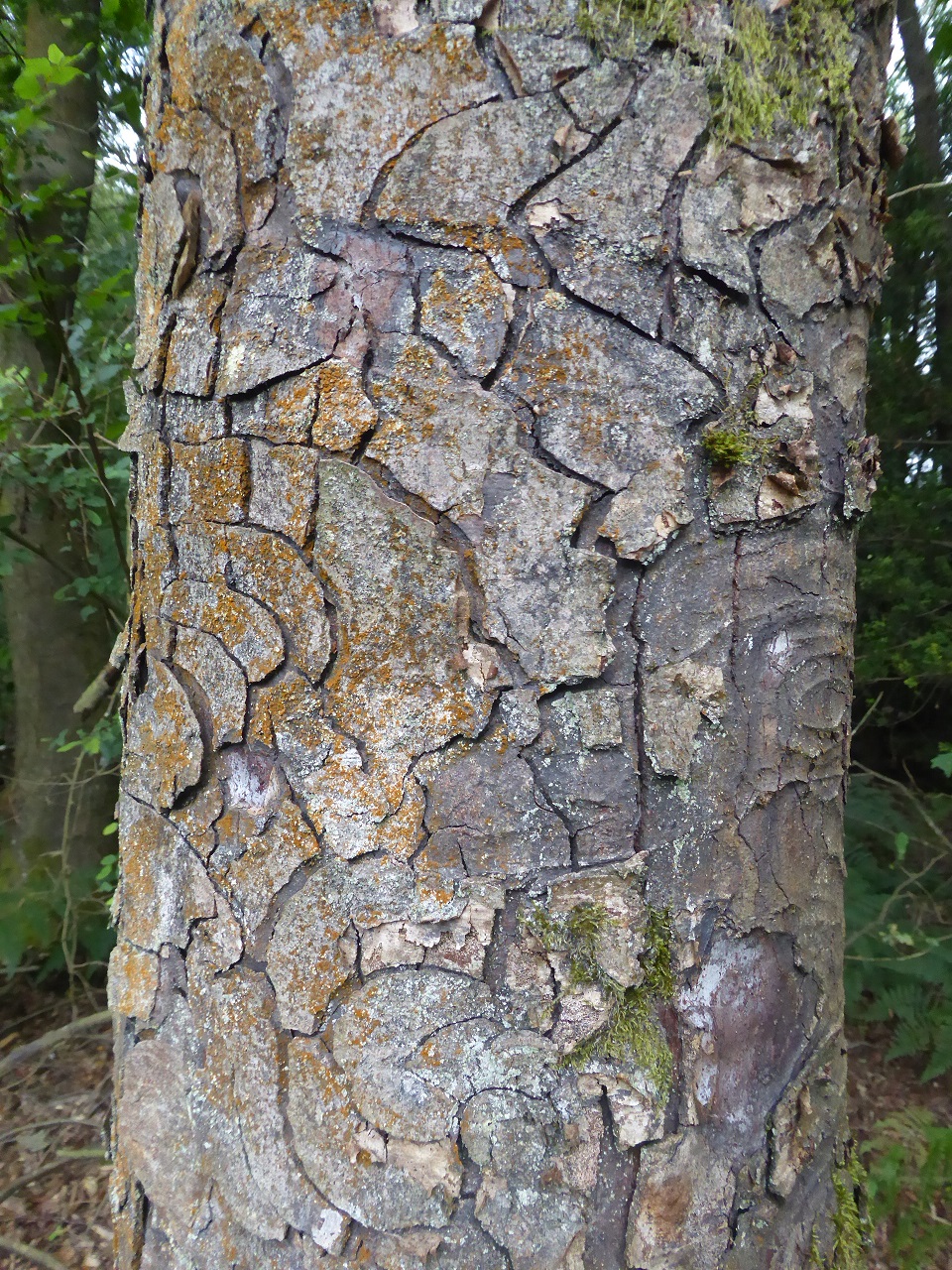
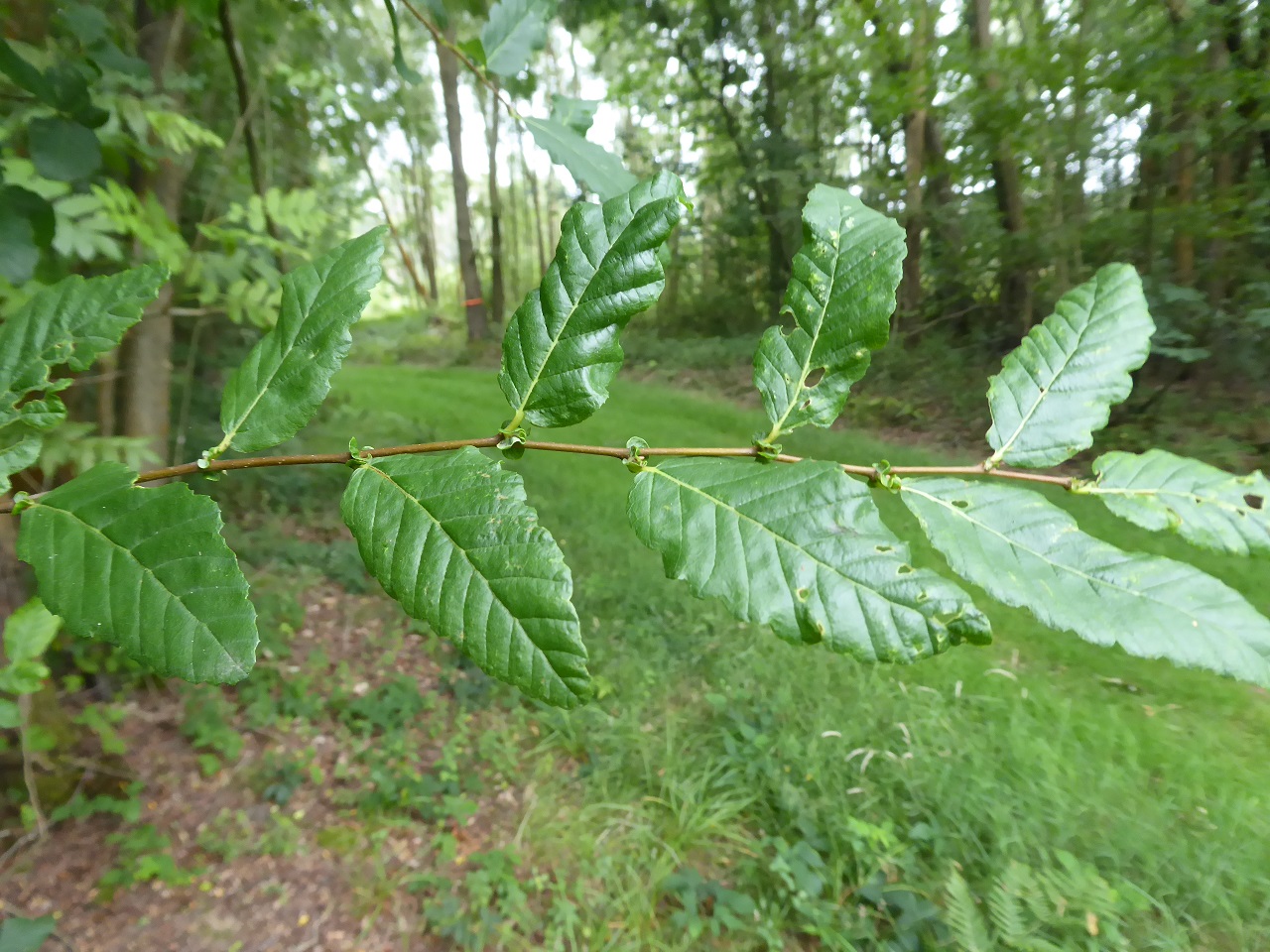
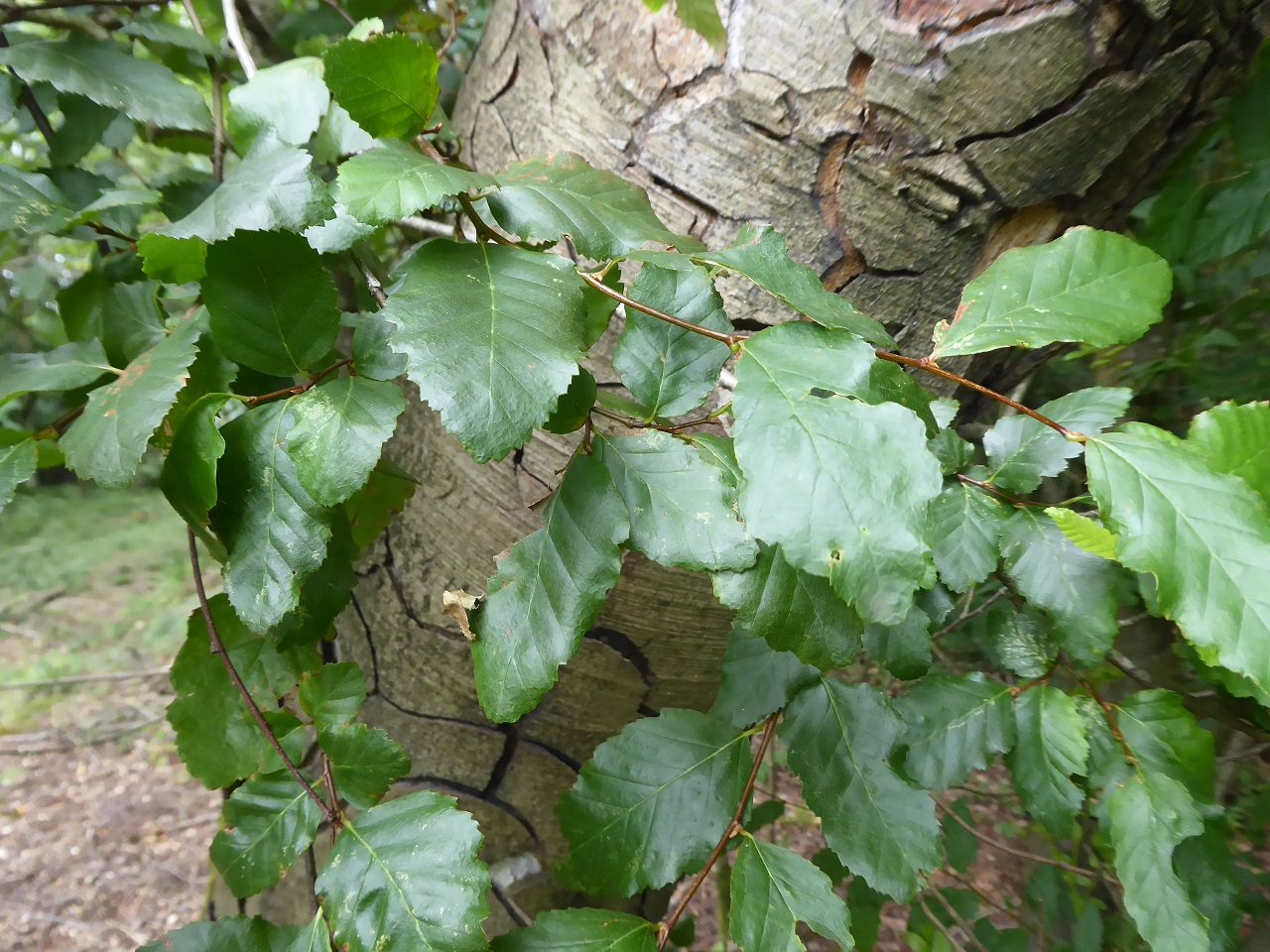
Range
Native to central-southern Chile and western Argentina occurring in lowlands and lower mountain slopes.
Provenance Choice
Provenances from the southern part and higher elevations of the natural range or from good quality British stands should be preferred. Compared with Rauli (N. alpina), home collected seed has performed quite well in terms of cold hardiness.
Site Requirements
A fast-growing light demanding species which will out-yield most native British broadleaved species on suitable sites. It tolerates less shade than Rauli. Stem form is typically not as good as that of rauli. Not cold hardy throughout Britain and can be killed by temperatures below -14 °C; an early flushing and late hardening species which can be damaged by unseasonal frosts and does not withstand exposure. Tolerates warmer and drier sites than Rauli and therefore is better suited to suitable soils in eastern Britain.
Best growth is on moderately dry to fresh soils of poor to medium nutrient regime. Not suited to compacted, peaty or calcareous soils or to those of very poor soil nutrient regime.
Further detail on the site requirements of common alder in current and future climates can be examined using the Forest Research Ecological Site Classification Decision Support System (ESC).
ECOLOGICAL SITE CLASSIFICATION TOOL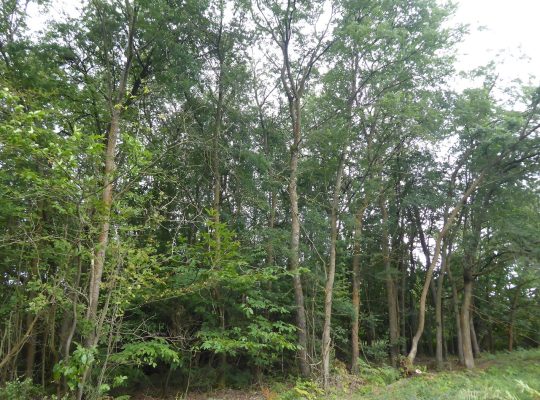
Silviculture
Roble is more light-demanding than Rauli, but otherwise with similar silvicultural requirements. Establishment can be achieved by underplanting beneath a light overstorey of birch or larch to minimise frost damage, but the latter should be quickly removed once Roble saplings are >1.5 m. Seedlings or newly planted trees must be kept weed-free until established as they dislike competition during establishment. Seeds heavily and natural regeneration can be profuse.
Roble stands should be well thinned, and interventions can start from 10 – 12 years of age particularly on fertile sites. Thinning should be regular with the aim of keeping open crowns and to improve stem quality. There is some evidence to suggest growth rates on good sites can reach MAI at around 30 years old. Stem form for Roble can be varied and is generally not as good as Rauli (N. alpina). Yield classes of between 10 and 18 can be achieved dependent on, site conditions.
Roble timber is denser than that of Rauli, but has poorer figure and in Chile it is considered inferior in quality and hence less desirable as a timber species.
Pests and Pathogens
Similar to Rauli. Mature stands can suffer sudden dieback from Phytophthora pseudosyringae.
While bark stripping by grey squirrels has been observed, roble appears not as vulnerable as beech or sycamore. Good mast years can see the seed completely stripped by grey squirrel.
See our other tools and resources
Further Resources
Internal
In addition to the general sources of information for species the following is useful for Roble.
Tuley, G. (1980) Nothofagus in Britain. Forestry Commission, Forest Record 22. HMSO.
External
In addition to the general sources of information for species the following is useful for Roble.
Mason, W., Jinks, R., Savill, P, and Wilson, Scott McG. (2018). Southern Beeches (Nothofagus species). Quarterly Journal of Forestry 112(1): 30-43.




